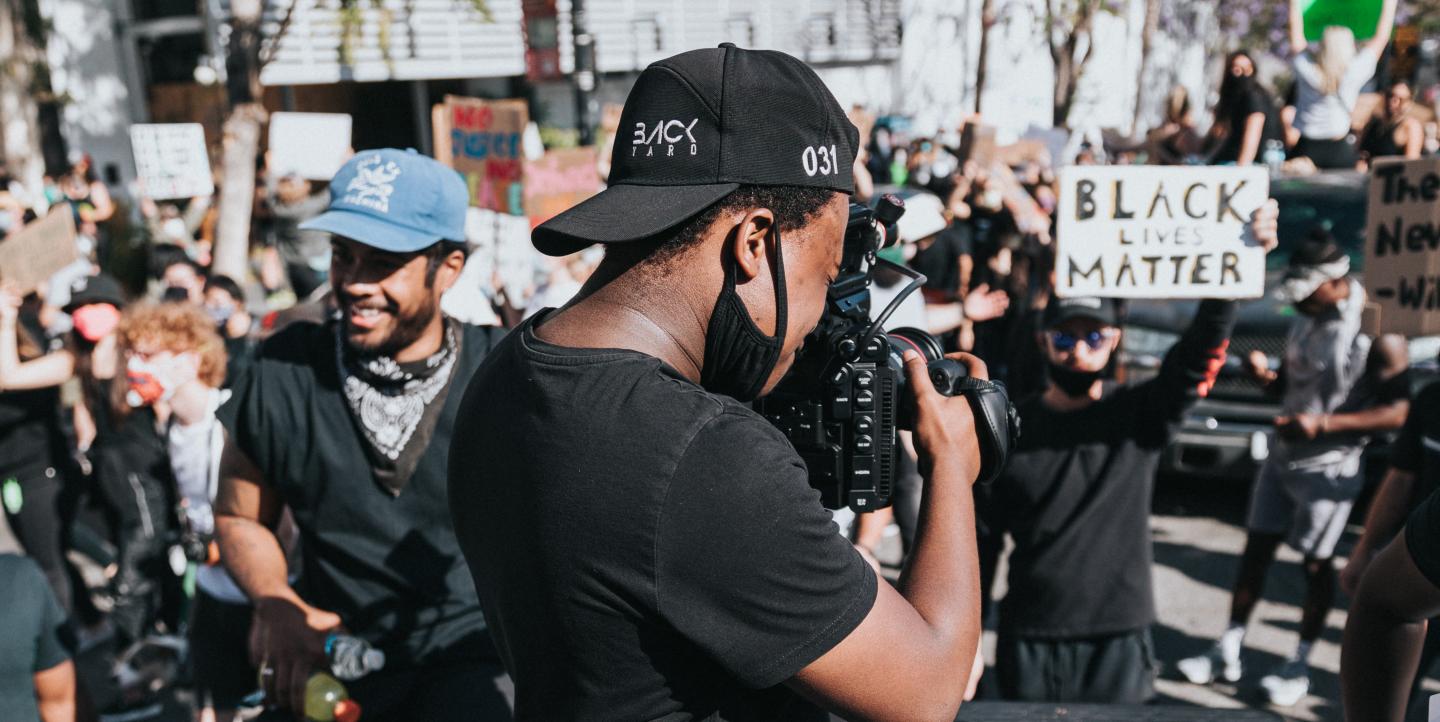
Photo courtesy of: International Journalists Network
Molly Wilson
Mw542219@ohio.edu
Our reading this week asked whether it is more important for photojournalists to convey the world as it truly is or upholds ethical considerations of the person/people in the photograph. Photojournalists need to capture the "truth" and display events in the most realistic way possible.
Each ethical code we looked at this year, including PR, reporting, and photojournalist codes, all noted truth as the most important consideration when considering such a question. Truth and the public's right to know to outweigh many other considerations like potential harm. The audience deserves honest photography that portrays events accurately. In reporting, many journalists believe it is essential to give the reader all the information available on a particular topic to understand the depth of specific issues and stories. That same principle should apply to photojournalism and the importance of publishing the most honest images possible. The public deserves all the information. The NPPA code of ethics also supports this. The first code says photojournalists need to "be accurate and comprehensive in representing subjects." Another NPPA code says, "Editing should maintain the integrity" of the image's content. That same code also says editors should not manipulate images. The purpose of a photojournalist is to convey reality, and blurring the faces of protestors distorts the events of protests. Doing so also weakens the meaning of such photographs. As noted in our reading, protests humanize events by putting faces to specific issues. In removing those faces from the images, that purpose is lost. It is vital to publish events as they occurred with images of the people who represented such movements. Non-distorted images are crucial to maintaining the integrity of events, their purpose, and the protesters' purpose.
What truth does a photograph represent, though?
When assessing the importance of keeping photographs in their original form, the question arises regarding whose truth the photograph represents. According to an article from the Zehr Institute, every image has a subjective element. He said that photographers make active decisions about what they choose to photograph, how they frame it, and what is included within the image. Even lighting decisions impact how an image is perceived. When covering protests, photographers must play an active role in what they shoot and how they do so. Thoughtful reporting and photography are highly critical in covering protests.
Photographic "truth" also means something different for each audience viewing it. As noted by Alan Chin, the meaning of words is shaped by the context in which they are used. Such is also true with photography, he said. Framing and photographic decisions impact audiences differently. Blurring faces of demonstrators for one group of people may resonate on a more protective level. However, for others, blurring those faces might be perceived as undermining a movement or taking the voice out of those trying to use it for change.
Thoughtful photography and reporting
Consent is another way to practice thoughtful photojournalism. As noted in our readings, getting the name of those who you photograph is another way to ensure that images are reflective of events. It is also another way to humanize political issues that are often protested. Those issues not only have faces, but they have names. Finally, asking for names is a courtesy that photojournalists can offer to subjects in their photos. It demonstrates their willingness to cover the event accurately, but it serves as a layer of protection from people facing personal harm from the photo.
Journalists need to convey the world "as it is." Still, it is essential to acknowledge how photos are influenced by the photographer and how they can engage in thoughtful photography that provides the audience with the most unbiased and comprehensive information. It is equally important to question how different audience subsets might interpret photographs. Everyone has their truth, but photojournalists need to sift through those biases and perceptions to capture the "world as it is."
Hey Molly! I really enjoyed reading your blog post and I think you did a great job talking about truth in protest coverage!
ReplyDelete